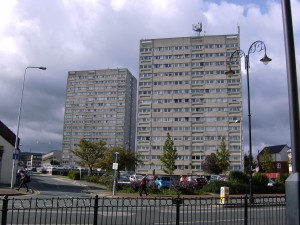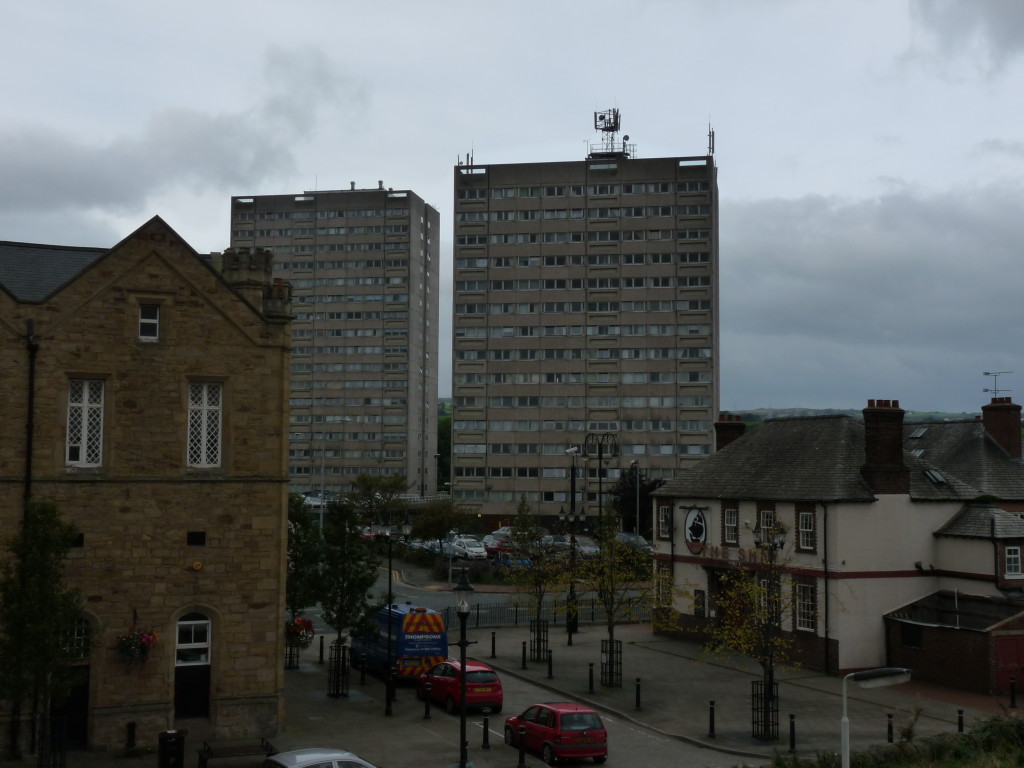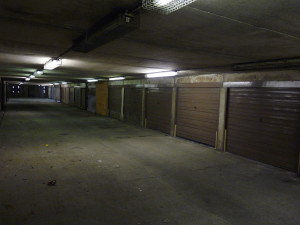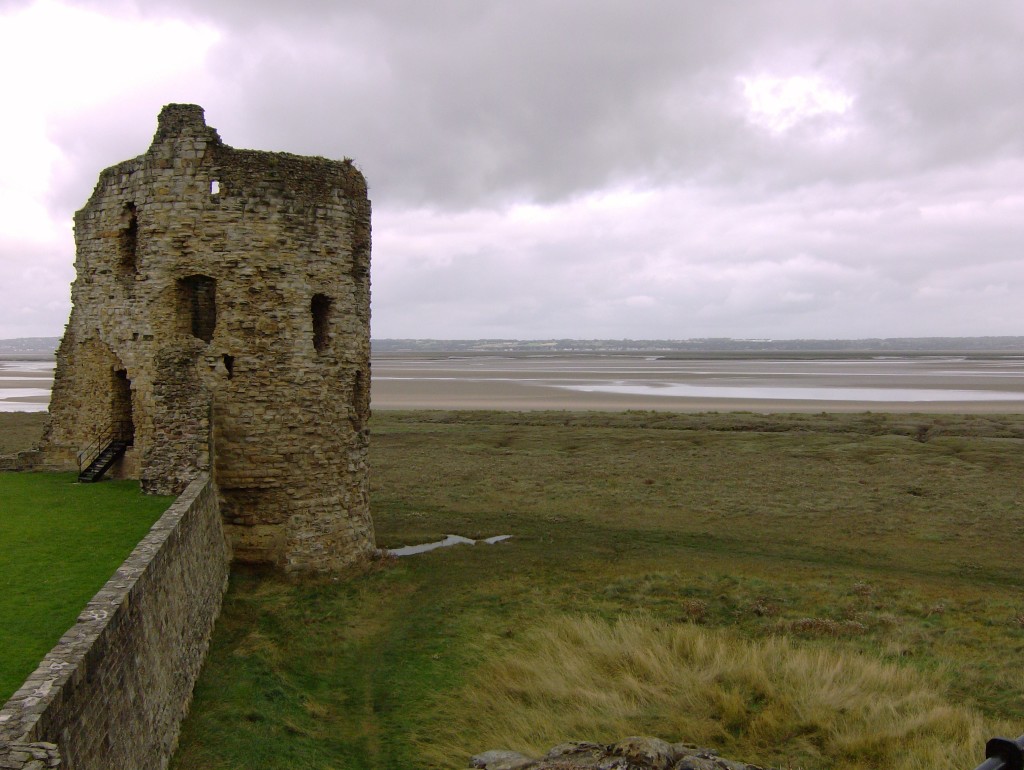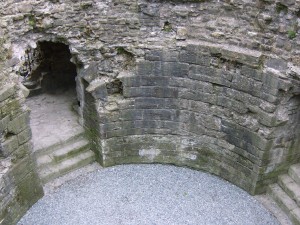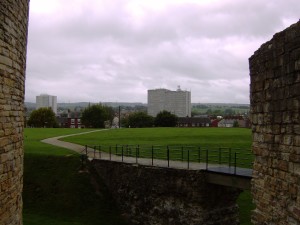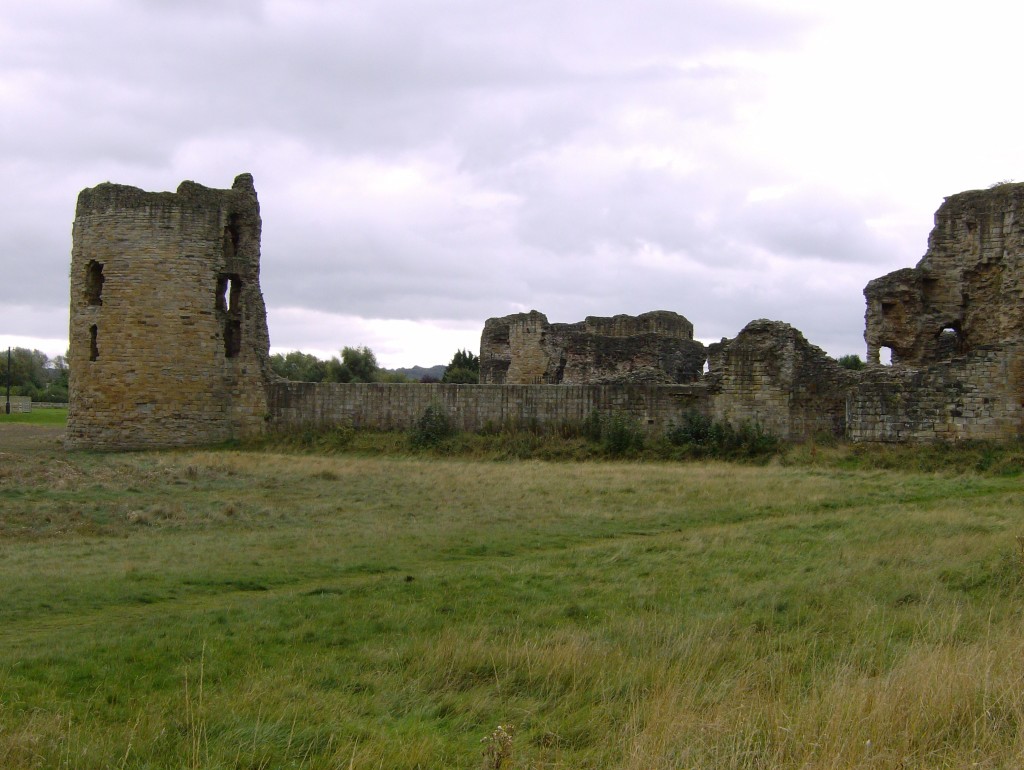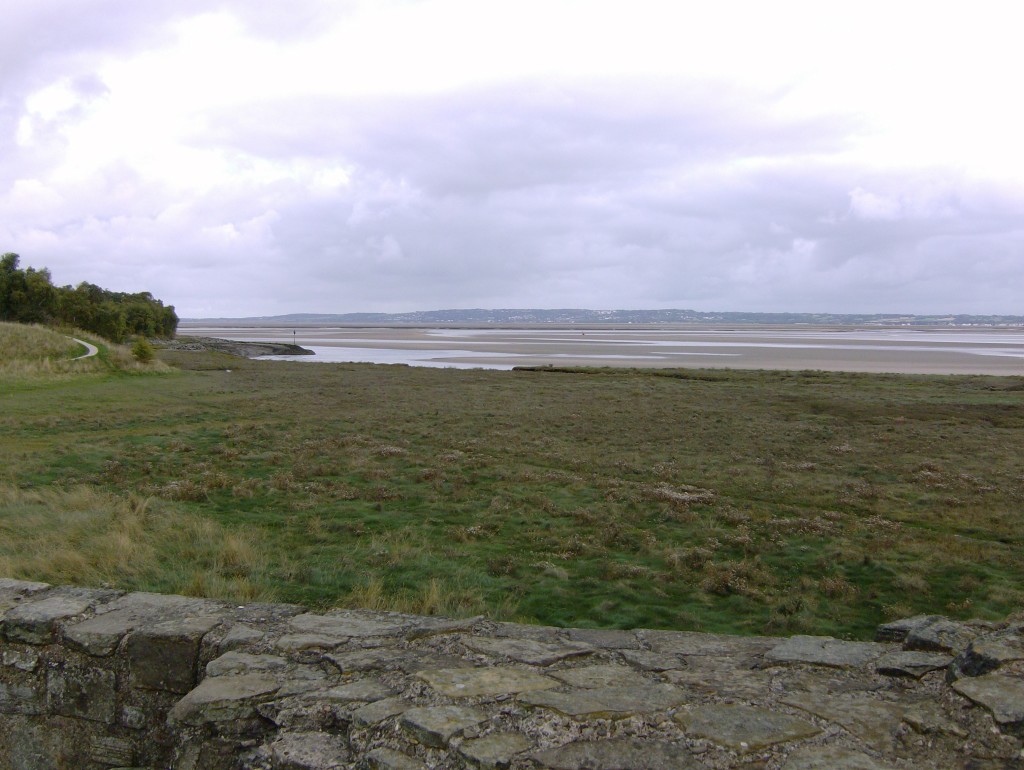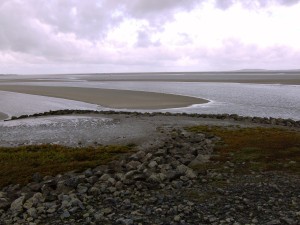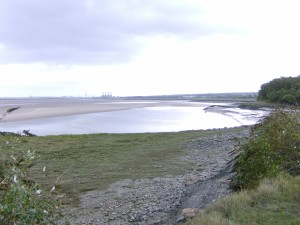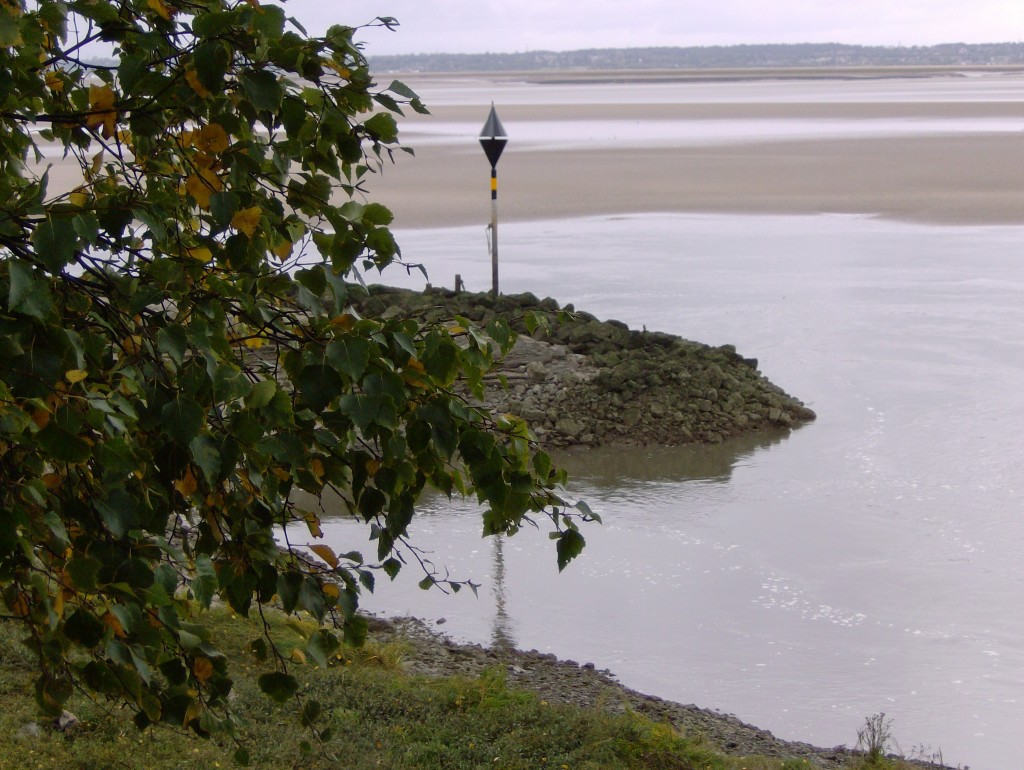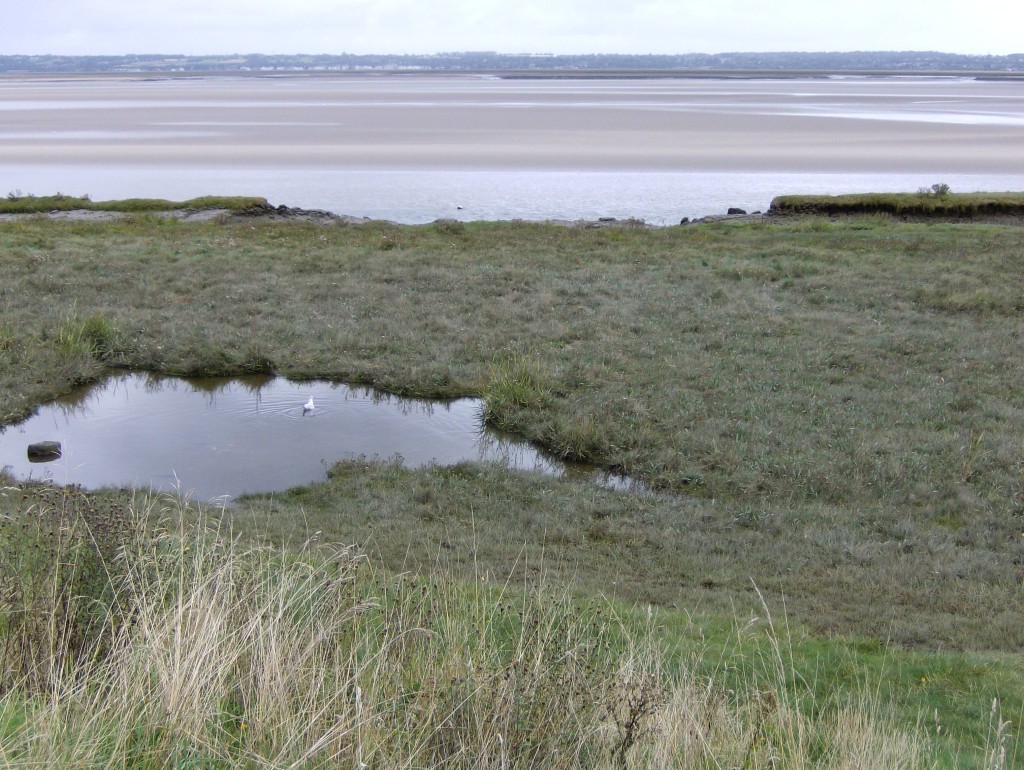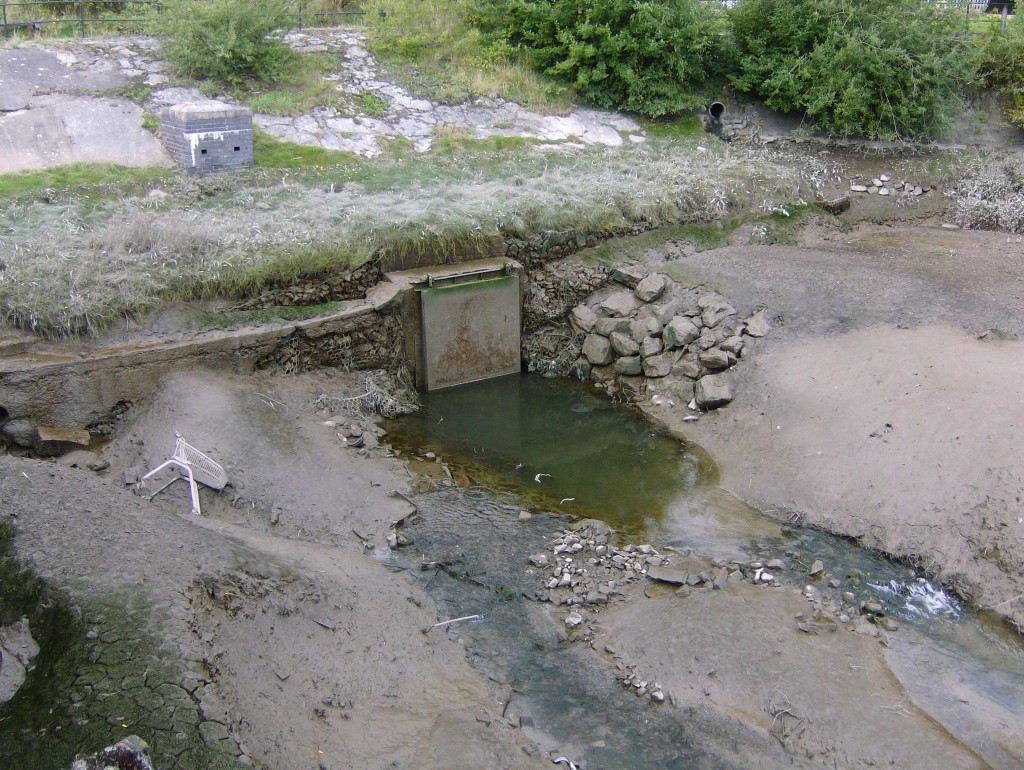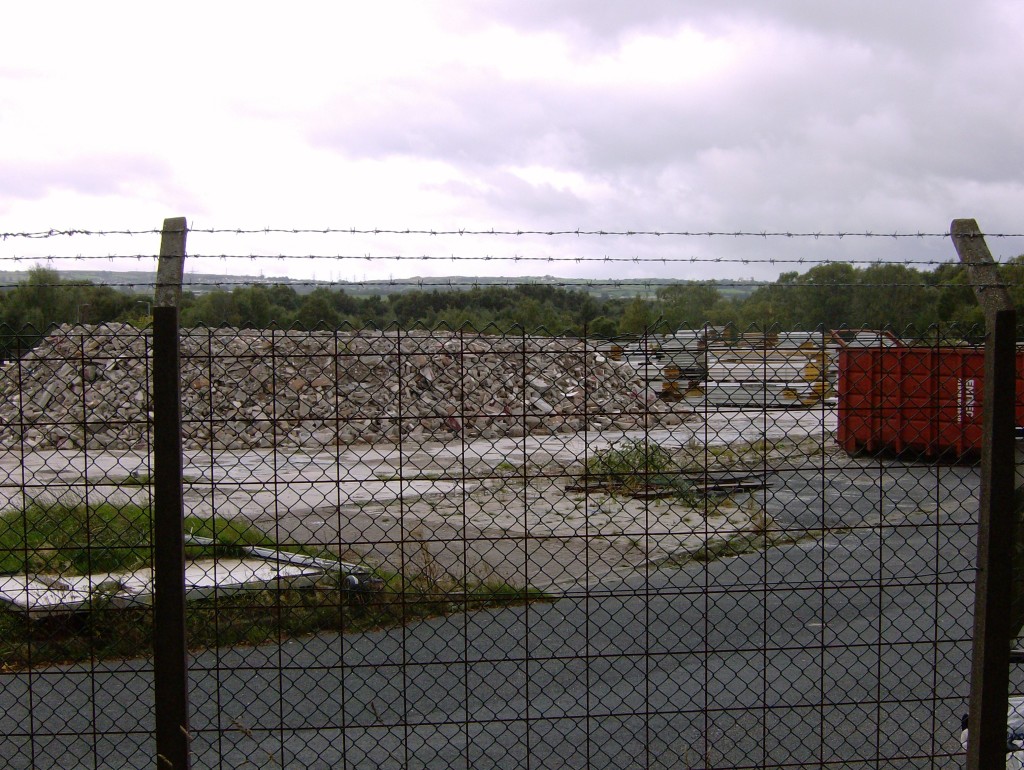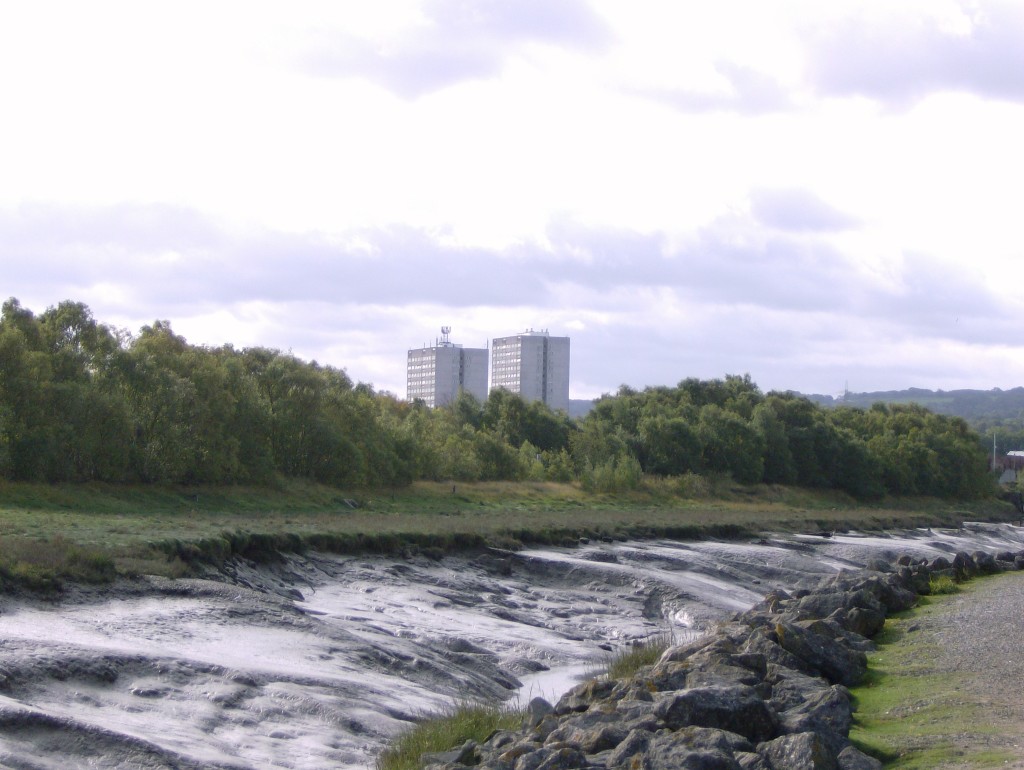That from this castle’s tatter’d battlements
Our fair appointments may be well perused.
Methinks King Richard and myself should meet
With no less terror than the elements
Of fire and water, when their thundering shock
At meeting tears the cloudy cheeks of heaven.
William Shakespeare, Richard II, Act II, Scene III
Flint, in North Wales, was granted its town charter in 1284. The town’s castle, built on the orders of Edward I, is featured in Shakespeare’s Richard II and was later painted by Turner. During the 1960s life in Flint was dominated by two large rayon mills owned by the Courtaulds company, the latter-day lords of the manor. The mills have long since closed and the main buildings have been demolished. But, at the time, most people in Flint worked in one mill or the other; it was a company town.
My Dad’s best friend worked in one of the mills and he and his wife lived in a small cottage just outside town. We visited them occasionally and, although the cottage was probably classed as a hovel, with no mains services and an outside toilet, it was, to me, a place of wonder and excitement, with its low ceilings, thick walls and wild back-garden. But the cottage didn’t meet modern standards or 1960s expectations and they were rehoused by the council.
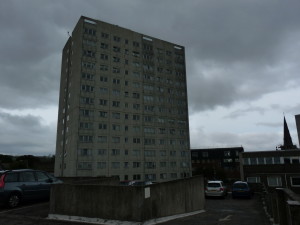 I missed visiting the cottage, but their new flat was even more exciting; a lift to the twelfth floor, a balcony and views over the town to the hills beyond. A tower, a stronghold, a position to watch over and guard the approaches to Flint and its castle. Indeed, these two 1960s tower blocks were indelibly linked to Flint’s past by their very names: Bolingbroke Heights and Richard Heights. I wasn’t familiar with Shakespeare at the time, but I knew all about the castle from my history lessons at school.
I missed visiting the cottage, but their new flat was even more exciting; a lift to the twelfth floor, a balcony and views over the town to the hills beyond. A tower, a stronghold, a position to watch over and guard the approaches to Flint and its castle. Indeed, these two 1960s tower blocks were indelibly linked to Flint’s past by their very names: Bolingbroke Heights and Richard Heights. I wasn’t familiar with Shakespeare at the time, but I knew all about the castle from my history lessons at school.
The towers of Flint Castle guard the marshes and the estuary channel to the town. Seven hundred years later two concrete towers and, soon after a third, were built to stand sentinel over the western approaches to Flint.
Over to the west, three vast concrete sentinels stood guard on the Welsh shoreline: a trio of 1960s council tower-blocks at Flint; monumental structures dwarfing the Norman castle which stood before them. But James of St George had no doubts about the permanence of the structure he created. As Edward I’s master mason, he was tasked with constructing an impregnable fortress on an unpromising site at the eastern gateway to Wales.
‘Not just a castle that is resilient in the strength of its fabric, Master James, but one so redoubtable in its countenance that any rebellious cur who would dare to approach its walls will taste the sourness of defeat in his mouth before e’en an arrow has flown or a sword is raised.’
The King turned and stared into the eyes of his master mason.
‘You comprehend my meaning, Master James?’
‘Yes, Your Majesty,’ he answered, deciding it best not to mention the considerable challenge the king’s chosen site presented. Such soft ground on the edge of the tidal marshes would require foundations of an unprecedented depth to support the kind of walls the king demanded. And yet the walls were built; walls which resisted the Welsh princes and upon which, a hundred years later, Richard II stood and awaited the arrival of Bolingbroke. Walls which stand firm still, and will continue to do so, long after the upstart blocks of flats are gone.
Flint Castle is sited on the edge of the Dee estuary, cut off from the town by the long, straight expanse of the Chester to Holyhead railway line. In the nineteenth century this area was referred to as ‘below the line’ – an overcrowded, impoverished area squeezed between the railway, the castle and a toxic chemical works. Many of the inhabitants were refugees from the Irish Potato Famine. Flint’s ‘below the line’ slums were cleared in the years after the Second World War.
We started our walk at Flint Castle and headed north-west towards Bagillt. Skirting some industrial units and a scrap of woodland and out onto the shoreline of the Dee estuary. As we worked our way along the foreshore the view opened up: ahead the full width of the estuary and the distant shoreline of the Wirral and, just visible on the horizon, the rocks of Hilbre.
Turning to see the view back upriver we took in the grey, metallic curve of the Dee Crossing and the towers of Connah’s Quay power station. And everywhere, stretching out before us, an expanse of mud, sand, water channels and marsh grasses.
Pressing on, we came to the Old Flint Dock, once a flourishing port for exporting locally mined lead and coal, now abandoned and silted. A single wide, mud-bound channel blocked our way along the edge of the estuary. We turned inland to cross the channel at its head.
On the other side of the dock we passed more industrial units some of them, we later discovered, built on the site of Courtaulds’ former Castle Mill. Leaving the units behind, our path passed through thick woodland before emerging once more onto the shoreline. We followed the edge of the estuary towards Bagillt, noting that the tide was beginning to come in; channels filling and sandbanks gradually being submerged.
A long stretch of embankment led us into the village of Bagillt. Once a thriving industrial community, Bagillt now seems careworn and unloved. Everywhere we saw closed shops, boarded-up pubs and areas of carious waste from the village’s former lead industry.
We made our way back to Flint, the incoming tide to our left easily outpacing us. Approaching Flint from this direction along the old dock inlet, we were treated to good views of the town’s tower blocks across an area of woodland and, once we emerged from the trees, the squat, defiant towers of the castle came into view again.

